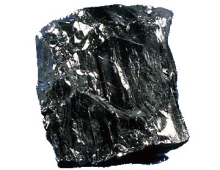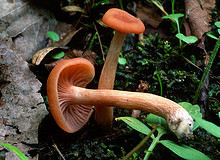A Rotten Coaltastrophe
Much of the world’s coal was generated 300-360 million years ago, during an era known as the Carboniferous period. But it may have come to an end from an unlikely source: fungus. An international team of scientists, including researchers at Clark University and the U.S. Department of Energy Joint Genome Institute (DOE JGI), has proposed… [Read More]

